‘I’ve had people banging on my window, even before I’m out of the car.’
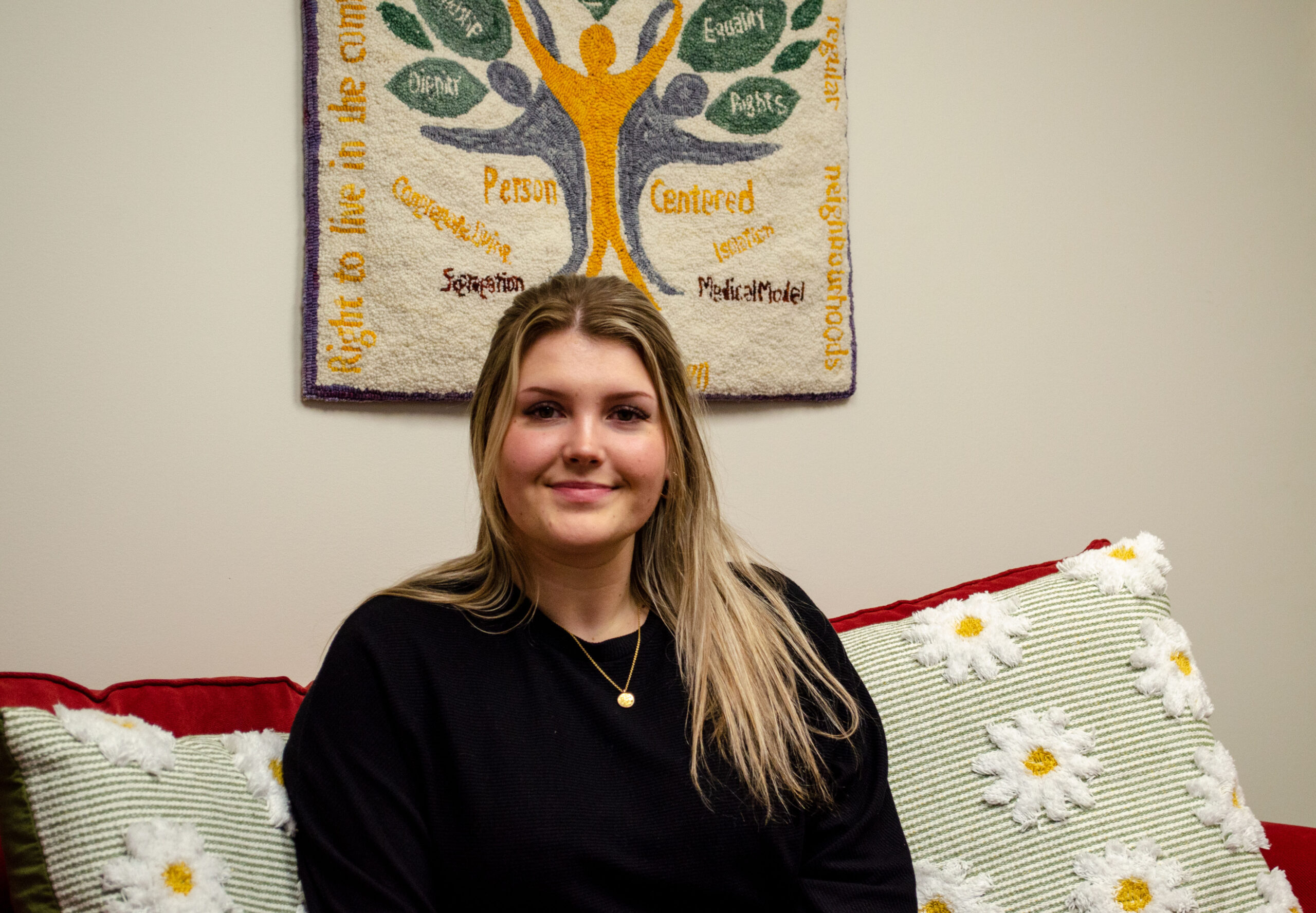
Madison Ryan
Kicker
When Rachel Gehue parks her car in an accessible space, her permit is visible on her front windshield. Yet, often she feels the angry and confused stares of onlookers.
When people don’t see a wheelchair or other mobility aid, they often jump to the conclusion the person is able-bodied. But, said Gehue, that’s not always the case.
Gehue has rheumatoid arthritis. The chronic joint pain often limits her mobility.
She says “invisible” disabilities like hers can lead to uncomfortable run-ins.
“I’ve had people banging on my window, even before I’m out of the car,” she said. “They just kind of see my face and my upper body, and that’s all they assume. (My permit) is always visible and people don’t see (or) check for that. First they look at the person and think they can assume what’s going on.”
However, not a day goes by when Gehue forgets what’s going on inside.
She’s one of about 300,000 Canadians with rheumatoid arthritis – according to Arthritis Society Canada statistics – and she’s been dealing with it since she was 14. It’s among a wide range of conditions now widely known as invisible disabilities.
Camryn Young, the liaison coordinator for Inclusion Canada Newfoundland and Labrador, says invisible disabilities are any disability that’s not immediately perceived, such as chronic pain, illness or intellectual disabilities.
Her colleague, support coordinator Deanne Dawe, says there are differences, but all kinds of disabilities present challenges.
“People are so uncomfortable with seeing a disability … it’s a very broad spectrum,” said Dawe. “It’s an important state of mind, seeing a person as the person first.”
Seeking accessibility is quite difficult when someone isn’t automatically perceived as disabled, according to Young.
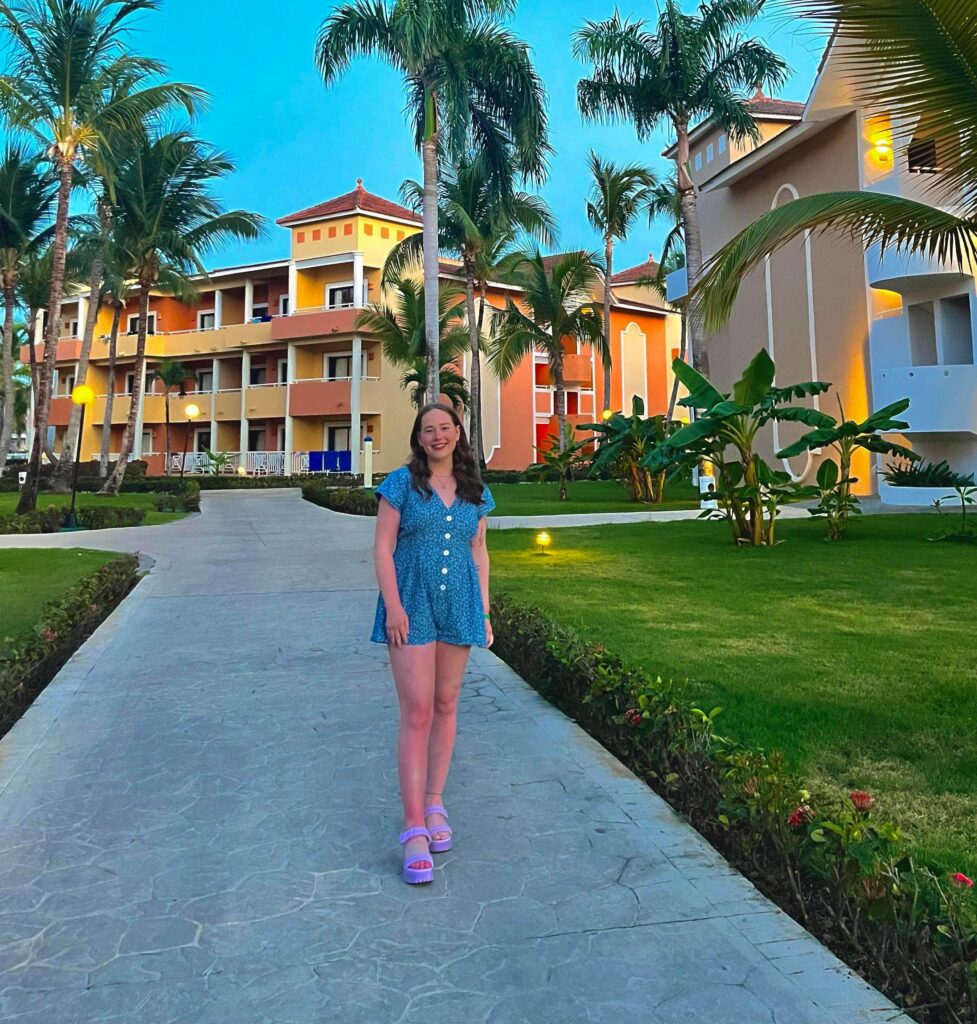
“Those with invisible disabilities oftentimes have to fight a little bit harder for accessibility and for supports,” said Young. “A lot of times, people don’t believe you have disabilities when you can’t see it, so it’s a fight for the supports that they really do need.”
It’s taken Gehue some time to accept she sometimes needs to avail of accessible parking, she says. Some days she’ll pass it up regardless of how much her joints ache because of the questions. She also realizes others might need the blue space more.
“I’ve been living with this disease for almost half of my life now,” Gehue said. “I’ve gotten very used to the pain that I feel, and I kind of learned the ways to work around it.”
St. John’s is a generally inaccessible city, says Gehue, so she tries to be vocal about what should change. While many buildings have buttons to open doors, that’s often the extent of accessible features. She says there’s a real lack of ramps that would make it easier for people with mobility issues to enter and exit buildings, and that needs to change.
“Especially with an invisible disease, it’s a little bit extra frustrating, I think, just because you don’t get that initial thought when somebody sees you. You’re kind of just brushed off to the side.”
– Rachel Gehue
“I might not get the right people’s attention or people that I intended to, but I get validation from other people who maybe didn’t think about these kinds of things before.”
Young says supporting those with intellectual disabilities by having programs in place to assist them in going to the airport, for example, is an important step. She adds that in order for the province to become more accessible, people’s mindsets need to change.
More than attitudes need to change, said Dawe.
“Newfoundland is not accessible. It just isn’t,” said Dawe, shaking her head.
“We’re all guilty of making judgements, whether we’ll admit it or not. But, that doesn’t tell you the full story. Education and learning is number one when it comes to accessibility,” Dawe said.
Dec. 3 is International Day of Persons with Disabilities, a day for celebration and education. Much of the education about disabilities is done by the disabled community, says Gehue, and it’s an exhausting pattern. She says it’s important that people take it upon themselves to learn how we can make a more accessible world, so real change can happen.
“Especially with an invisible disease, it’s a little bit extra frustrating, I think, just because you don’t get that initial thought when somebody sees you,” said Gehue. “You’re kind of just brushed off to the side. So, you kind of really have to fight for your rights to enjoy a space or to be accepted somewhere.
“I’d like people to know that there’s so much more than meets the eye.”

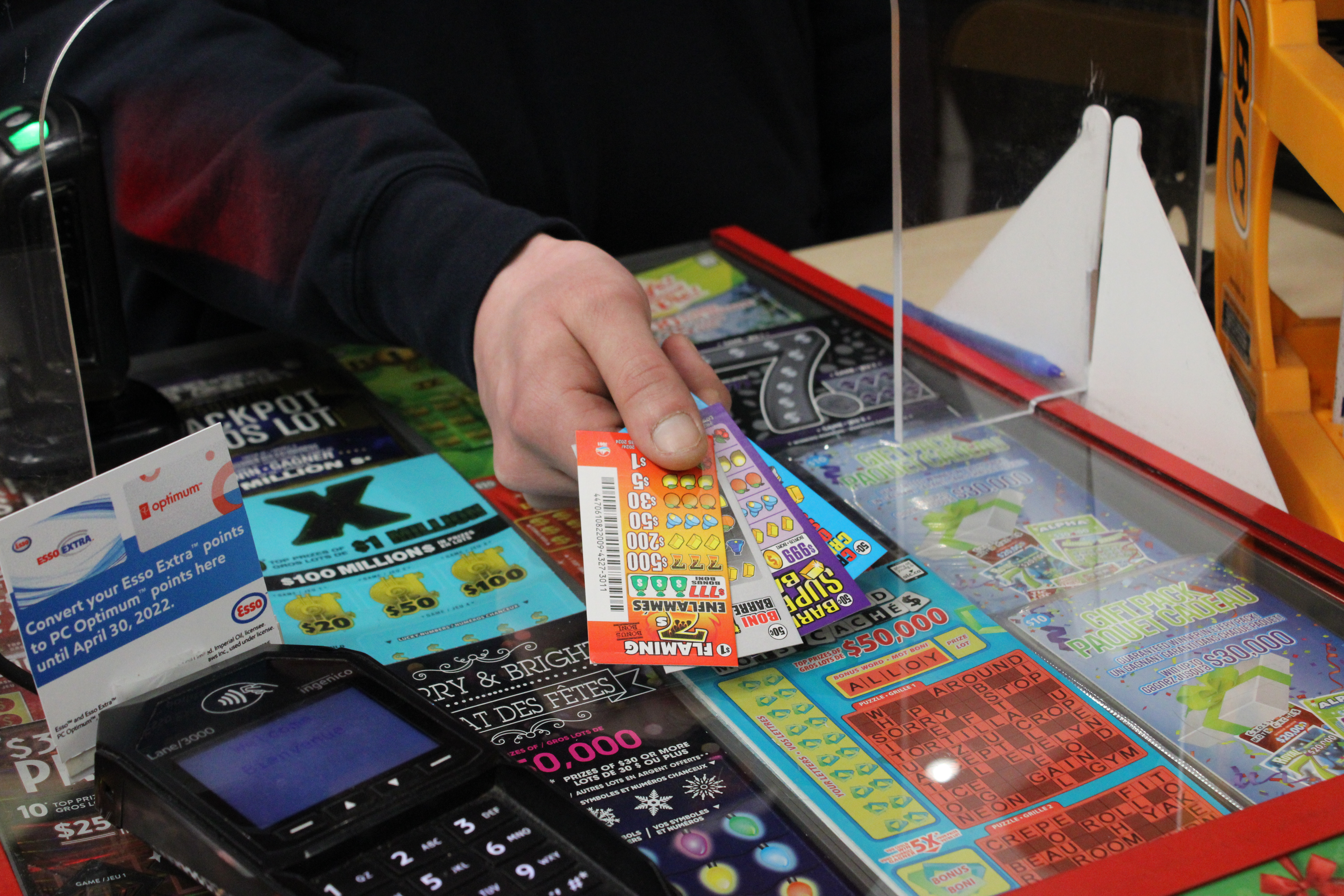
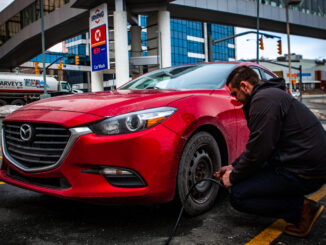
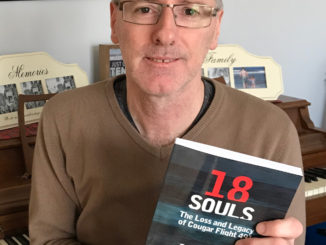
Be the first to comment